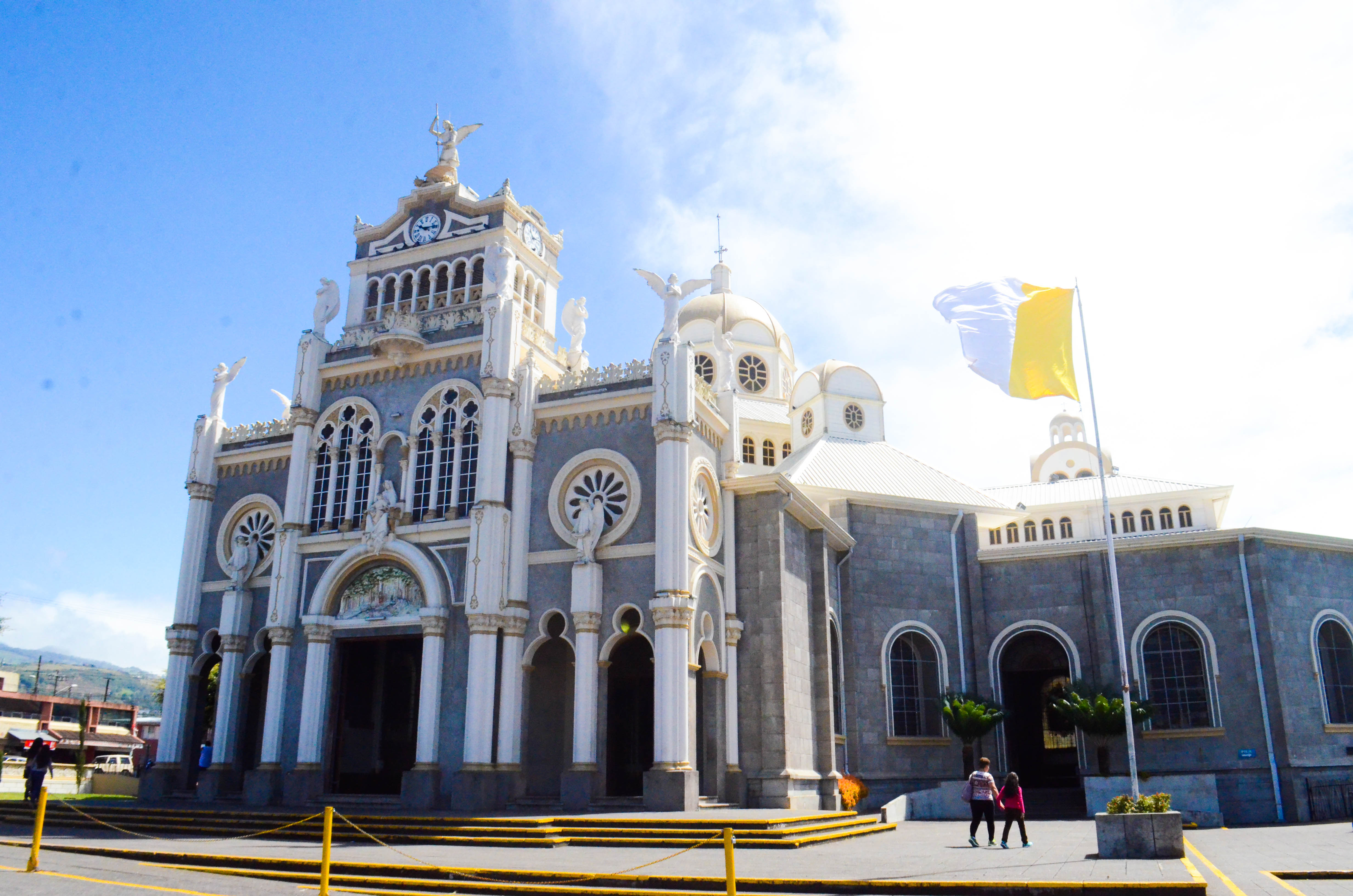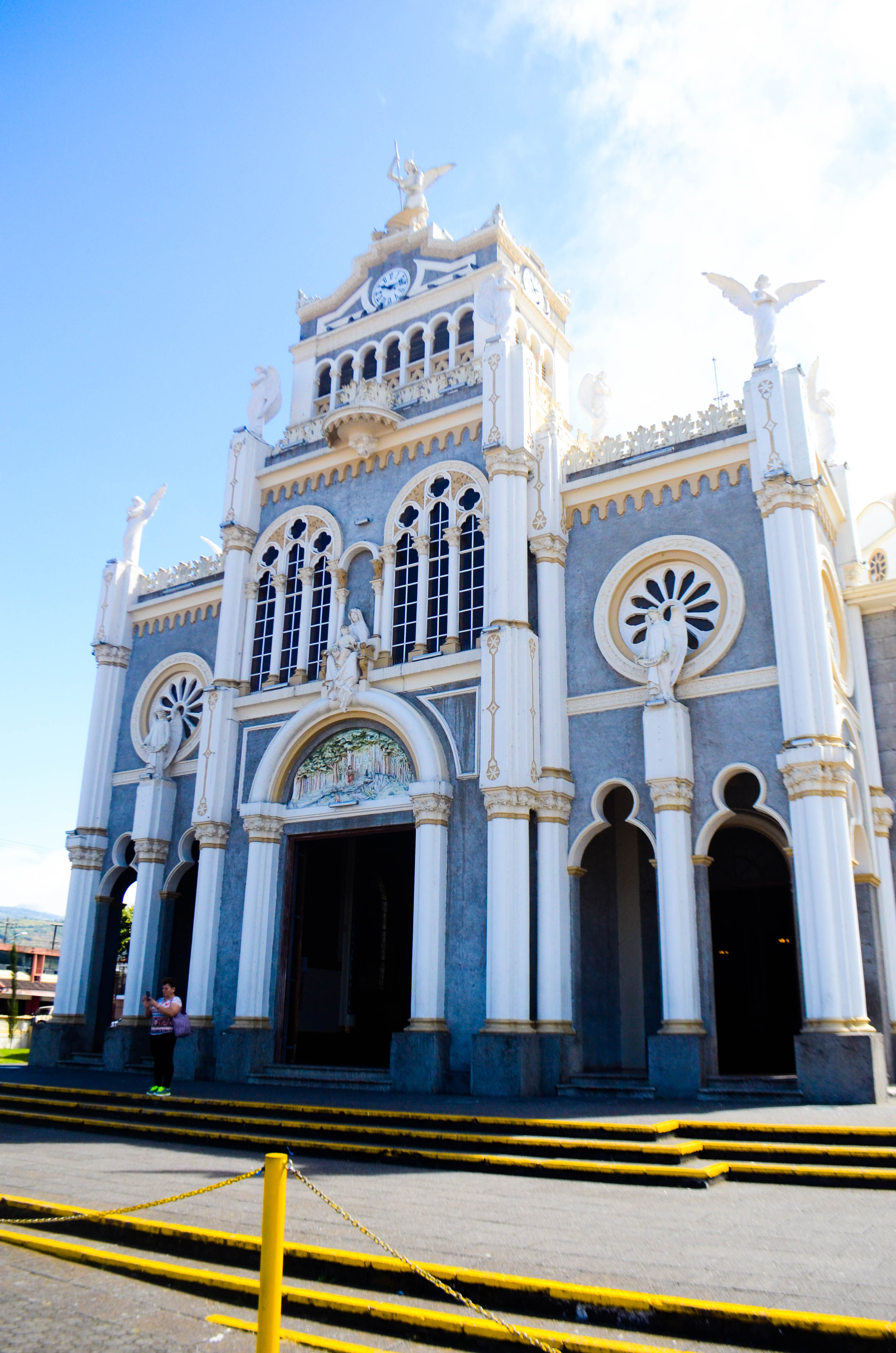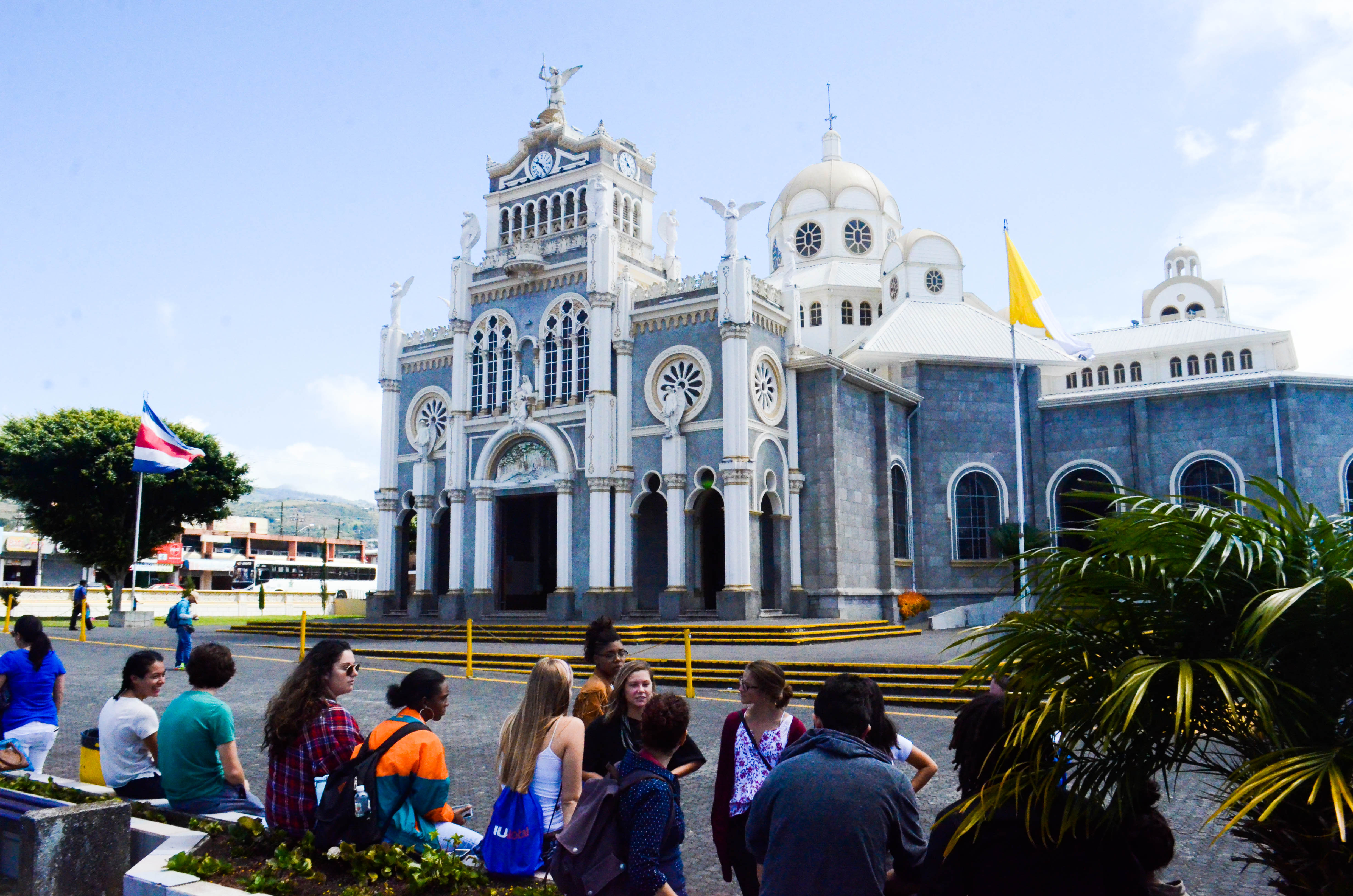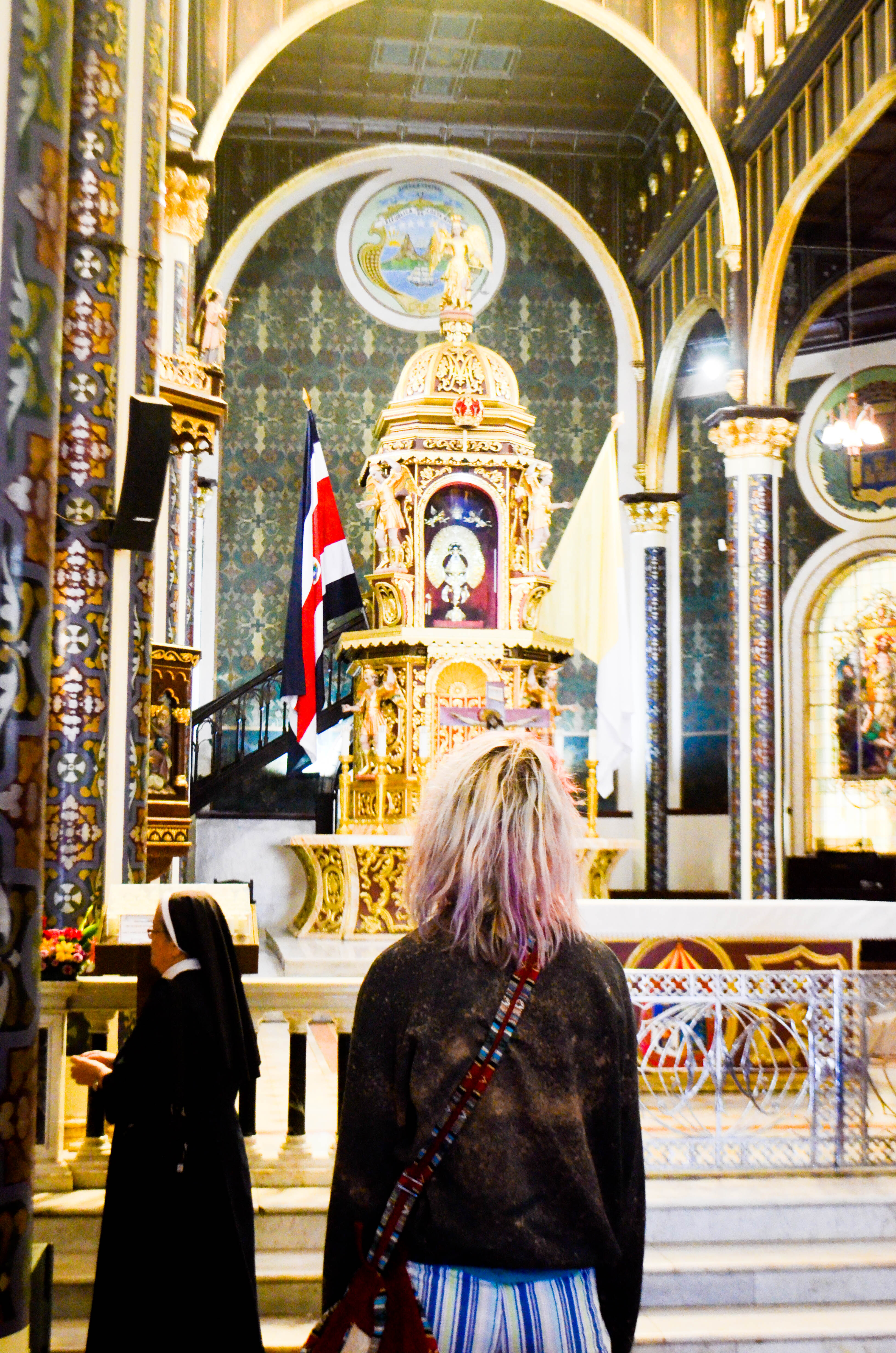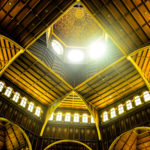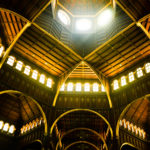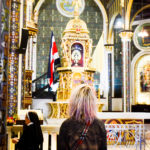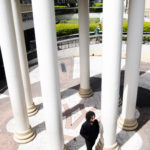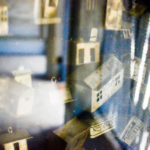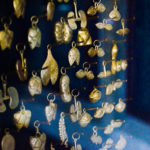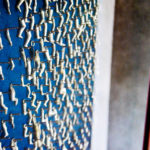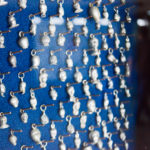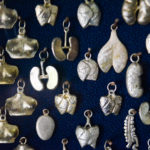The Beauty of Faith in Costa Rica: a Look at the Basilica of Cartago
The Beauty of Faith in Costa Rica: a Look at the Basilica of Cartago
Some of the most beautiful places I have seen so far in my life have been basilicas, namely those of the Vatican and Leon, Nicaragua, and the basilica in the city of Cartago, Costa Rica is no exception.
This church is especially important to the country of Costa Rica as it hosts their patron, known to some as the La Negrita and to others as the Virgin of Los Angeles. Each year on August second, thousands of Costa Ricans travel on foot from the far reaches of the country to pay homage to this figure. They literally crawl in to the church on bloody feet and knees to show their dedication and thankfulness to their God.
Talk about commitment.
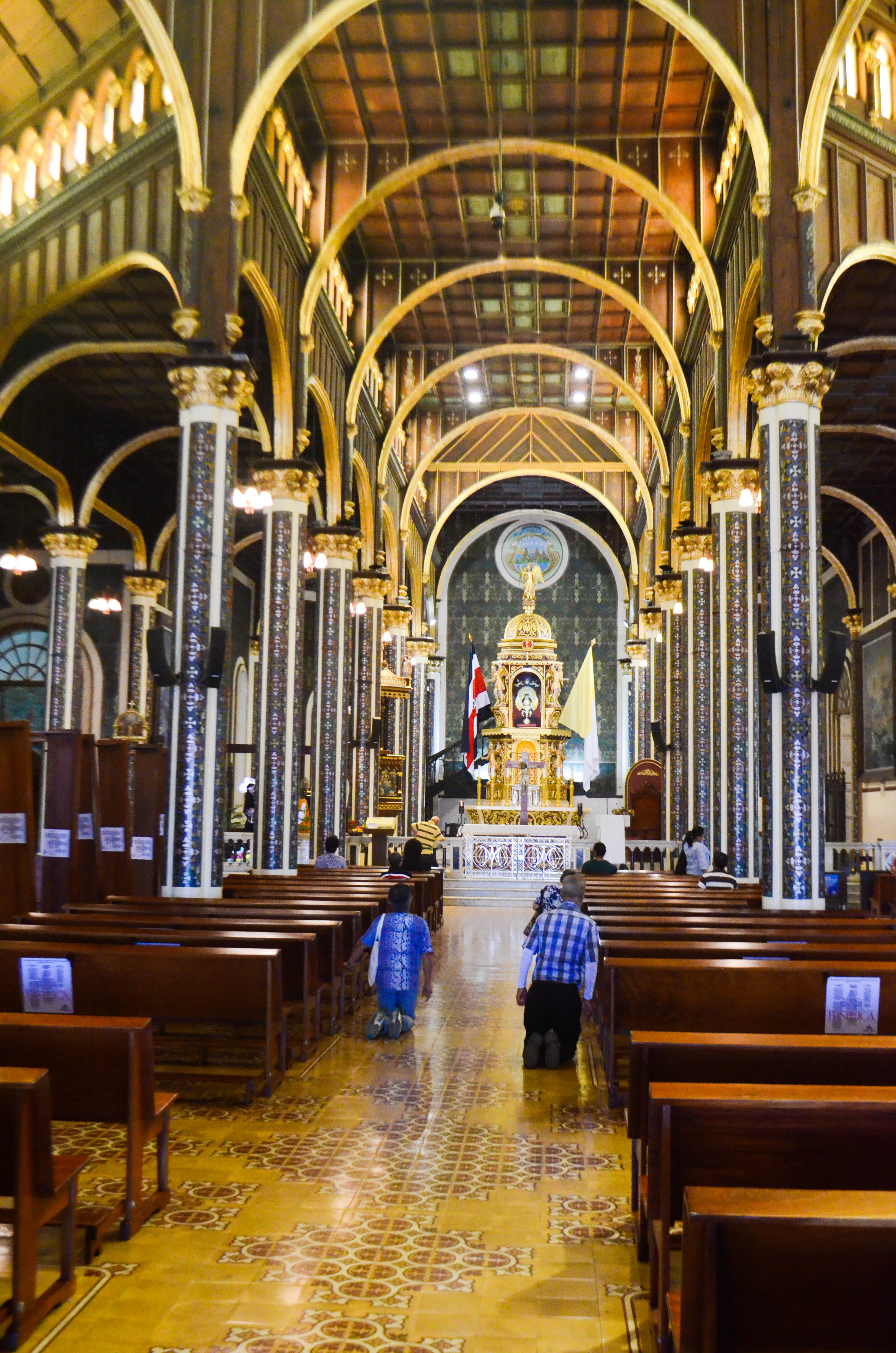
Churchgoers making their way to the front of the church on their knees.
Not to mention that the origin story of the La Negrita is pretty interesting.
The La Negrita, or the Black Madonna, is a 20 centimeter tall carving of the Virgin Mary and baby Jesus enshrined in the massive gold altar at the front of the church. The is barely visible from her perch and is adorned in a hand-made lace dress made by a local woman. This figure caused people to build an entire basilica around it and inspires thousands to flock to it each August.
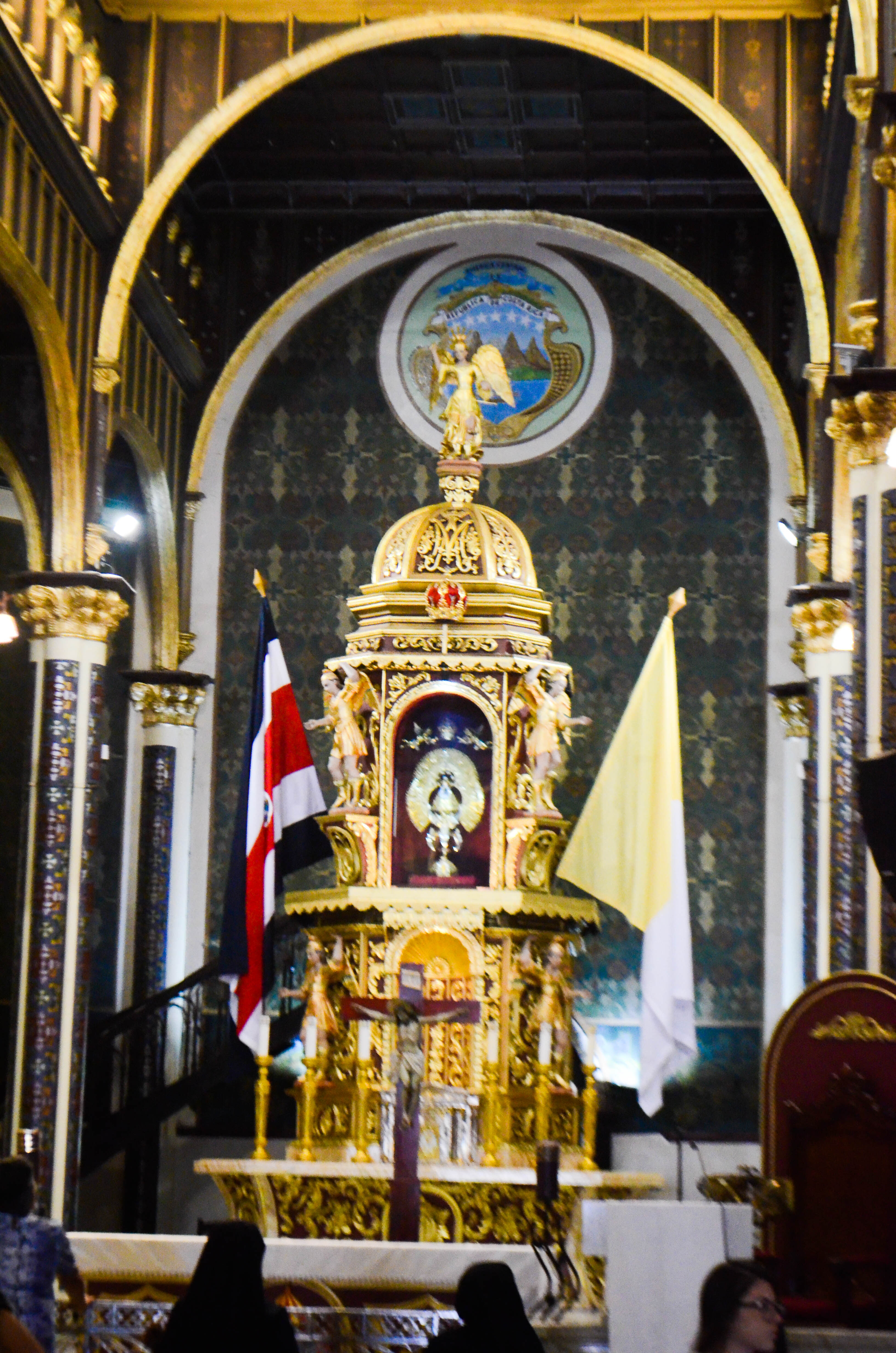
The home of the La Negrita.
But why?
The figure was said to be found in the woods as-is by a woman of African descent in Costa Rica in the year 1635. She presented the figure to a local Catholic priest, and they put it in a church. However, the figure returned to the woman and where it was found and continued to do this for three days despite being returned to the church. It was then that the priest called for a church to be built for the figure in the spot at which she was found.
This narrative is incredibly important in the scope of Costa Rican history because very few acknowledge the history of those of African descent in the country. Costa Ricans present their history as very homogenous and white, and gloss over their history with slavery. While it is true that Costa Rica did not import slaves at a number anywhere near that of other countries in the Americas, they did bring in slaves to work as domestic workers in Cartago and on the cattle ranches of Nicoya. The story of the discovery of the La Negrita gives a face and a voice to a woman of African descent.
Unfortunately, this accurate story is not often the one told. The black community in Costa Rica worshipped the La Negrita for 200 years, but the Ticos took her out of their hands and renamed her the Virgin of Los Angeles. Their version of events twist words to make it seem as if a Tica or indigenous woman found the figure, and depictions of the woman often show her with light skin. It is important that we do not allow history to be covered up or altered by those with supposed superiority.
As for the church built for the figure, it is gorgeous. We couldn’t help but look up at the gorgeous, high ceilings immediately upon entering the church, and the unusual dark coloring of the inside almost creates a sense of a light at the end of the tunnel with the Negrita’s altar.
Outside of the sanctuary, visitors can find a spring that produces ‘holy water.’ Many people sought out this spring, cleansing themselves with this water that is deemed to have sacred properties.
We then continued on to the back of the church, where we come across a fascinating room filled with these little charms. The Virgin is a patron of healing, so people purchase these little charms and pray to the Virgin for healing of specific parts of the body. Other charms depict houses or other items that people seek help with. Perhaps the coolest part of the room is a case that includes items that people have brought back to the church to thank the Virgin for answering their prayers.
After wandering through the rooms and grounds of the church, we made our way back to the front of the edifice to admire the beauty and impressive nature of the front of the basilica. This gorgeous church is a powerful symbol of traditional Costa Rica, which is primarily Catholic. It stands in the former capital of the country and still represents the power of faith for believers throughout Costa Rica.
